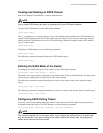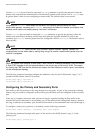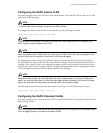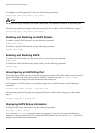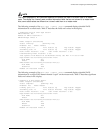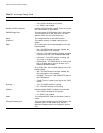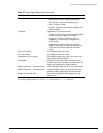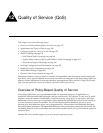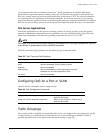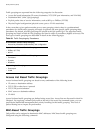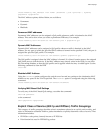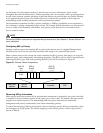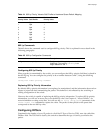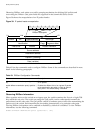
Summit 200 Series Switch Installation and User Guide 157
12 Quality of Service (QoS)
This chapter covers the following topics:
• Overview of Policy-Based Quality of Service on page 157
• Applications and Types of QoS on page 158
• Configuring QoS for a Port or VLAN on page 159
• Traffic Groupings on page 159
— MAC-Based Traffic Groupings on page 160
— Explicit Class of Service (802.1p and DiffServ) Traffic Groupings on page 161
— Physical and Logical Groupings on page 166
• Verifying Configuration and Performance on page 167
• Modifying a QoS Configuration on page 168
• Traffic Rate-Limiting on page 168
• Dynamic Link Context System on page 168
Policy-based Quality of Service (QoS) is a feature of ExtremeWare and the Extreme switch architecture
that allows you to specify different service levels for traffic traversing the switch. Policy-based QoS is an
effective control mechanism for networks that have heterogeneous traffic patterns. Using Policy-based
QoS, you can specify the service level that a particular traffic type receives.
Overview of Policy-Based Quality of Service
Policy-based QoS allows you to protect bandwidth for important categories of applications or
specifically limit the bandwidth associated with less critical traffic. For example, if voice-over-IP traffic
requires a reserved amount of bandwidth to function properly, using QoS, you can reserve sufficient
bandwidth critical to this type of application. Other applications deemed less critical can be limited so
as to not consume excessive bandwidth. The switch contains separate hardware queues on every
physical port. Each hardware queue can be programmed by ExtremeWare with bandwidth limitation
and prioritization parameters. The bandwidth limitation and prioritization parameters that modify the
forwarding behavior of the switch affect how the switch transmits traffic for a given hardware queue on
a physical port.
Summit 200 series switches support up to four physical queues per port.



